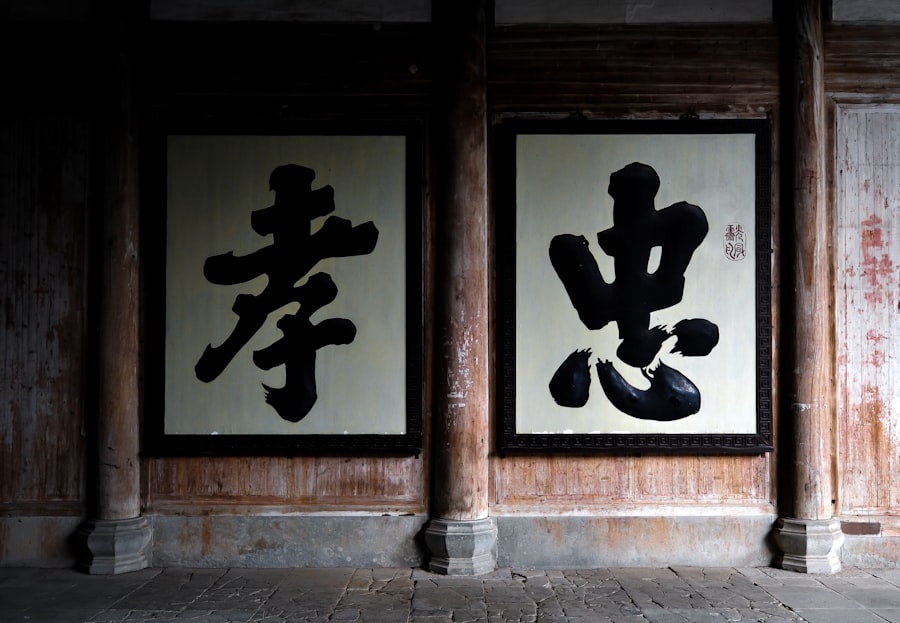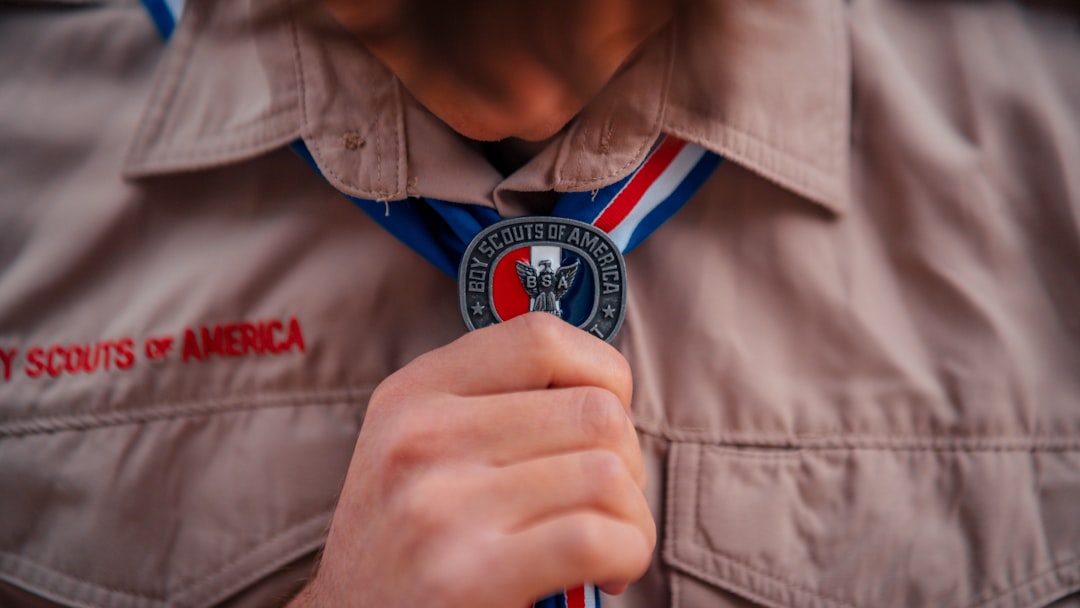Rodan, the iconic pterosaur-like kaiju, has captivated audiences since his debut in the 1956 film “Rodan.” As one of Toho’s most enduring monsters, he has evolved through various cinematic eras, showcasing a complex character that embodies both ferocity and loyalty. You may find it fascinating how Rodan’s portrayal has shifted over the decades, reflecting not only changes in filmmaking but also the cultural context of each era. From his initial role as a destructive force to his later depictions as a loyal ally, Rodan’s journey is a testament to the evolving nature of monster cinema.
In the realm of kaiju films, loyalty is a significant theme that shapes the narrative arcs of these colossal creatures. Rodan’s loyalty, in particular, has been a focal point in many of his appearances, influencing his relationships with other monsters, especially Godzilla. As you delve into the various eras of Rodan’s cinematic history, you’ll discover how his loyalty has been portrayed differently, revealing deeper layers to his character and the dynamics of monster interactions.
This exploration not only highlights Rodan’s evolution but also enriches your understanding of the broader themes present in kaiju films.
Key Takeaways
- Rodan is a popular kaiju in the Godzilla franchise, known for its loyalty and shifting allegiances in different eras.
- In the Showa era, Rodan is depicted as a loyal ally to Godzilla, often teaming up to fight common enemies.
- In the Heisei era, Rodan’s loyalty shifts as it becomes a guardian of Earth, defending it from other kaiju threats.
- The Millennium era sees Rodan’s loyalty fluctuating, sometimes aligning with Godzilla and other times acting independently.
- In the MonsterVerse, Rodan’s loyalty is initially to King Ghidorah, but it ultimately switches to Godzilla after a decisive battle.
Rodan’s Loyalty in the Showa Era
During the Showa Era, which spanned from the mid-1950s to the early 1970s, Rodan was introduced as a formidable force of nature. In his first film, he emerges as a destructive entity, wreaking havoc on cities and instilling fear in humanity. However, as you watch “Rodan,” you may notice that his loyalty is not immediately apparent.
Instead, he is portrayed primarily as a threat, driven by instinct and survival. This initial characterization sets the stage for a more nuanced understanding of loyalty as the series progresses. As Rodan appears in subsequent films, particularly in “Ghidorah, the Three-Headed Monster,” you begin to see a shift in his character.
Here, Rodan aligns himself with Godzilla and Mothra to combat the greater threat posed by King Ghidorah. This alliance marks a significant turning point in Rodan’s portrayal; he transitions from a solitary menace to a loyal ally. You can appreciate how this change reflects a broader theme in kaiju films: the idea that even the most fearsome creatures can unite for a common cause.
Rodan’s loyalty in this era is rooted in survival and camaraderie, showcasing how alliances can form even among seemingly opposing forces.
Rodan’s Loyalty in the Heisei Era

The Heisei Era, which began in the mid-1980s and continued into the 1990s, brought about a resurgence of interest in kaiju films and introduced new complexities to Rodan’s character. In this period, Rodan is depicted with more depth and emotional resonance. You may find it intriguing how his loyalty evolves from mere survival instincts to a more profound sense of allegiance to Godzilla and other allies.
In films like “Godzilla vs. King Ghidorah,” Rodan’s role is not just that of a fighter; he becomes an integral part of the narrative, showcasing loyalty that is both fierce and strategic. In “Godzilla vs.
Mechagodzilla II,” Rodan’s loyalty is further emphasized as he joins forces with Godzilla against Mechagodzilla. This partnership highlights a sense of brotherhood among kaiju, where loyalty transcends mere survival. You can see how Rodan’s character embodies themes of sacrifice and bravery, reinforcing the idea that loyalty can manifest in various forms.
His willingness to fight alongside Godzilla against formidable foes illustrates a deeper bond that resonates with audiences, making Rodan not just a monster but a hero in his own right.
Rodan’s Loyalty in the Millennium Era
| Movie | Loyalty Level | Actions |
|---|---|---|
| Godzilla 2000 | High | Defends against Godzilla |
| Godzilla: Final Wars | Low | Turns against humanity |
The Millennium Era introduced a fresh take on classic kaiju characters, including Rodan. In this period, which began in 1999 and lasted until 2004, you may notice that Rodan’s loyalty takes on new dimensions. In “Godzilla: Tokyo S.O.S.,” for instance, Rodan is portrayed as a guardian figure, fiercely protective of his territory and allies.
This shift reflects a more nuanced understanding of loyalty—one that encompasses not just allegiance to other monsters but also a commitment to protecting the environment and those who inhabit it. Rodan’s role in this era emphasizes themes of guardianship and responsibility. You might find it compelling how his loyalty is tied to a sense of duty rather than mere companionship.
In “Godzilla: Final Wars,” Rodan’s appearance is brief yet impactful; he fights alongside Godzilla against an array of adversaries, showcasing his unwavering loyalty even in dire circumstances. This portrayal reinforces the idea that loyalty can be multifaceted—rooted in personal values and a sense of purpose beyond mere alliances.
Rodan’s Loyalty in the MonsterVerse
In the contemporary MonsterVerse series, which began with “Godzilla” (2014) and continued with “Kong: Skull Island” (2017) and “Godzilla: King of the Monsters” (2019), Rodan emerges as a powerful player within an interconnected universe of kaiju. You may find it fascinating how his loyalty is depicted against the backdrop of larger global conflicts involving humanity and other titans. In “Godzilla: King of the Monsters,” Rodan is initially portrayed as an antagonist, fiercely loyal to his own territory and willing to defend it against perceived threats.
However, as the narrative unfolds, you witness a transformation in Rodan’s character. His loyalty shifts from being solely territorial to aligning with Godzilla against King Ghidorah—a common enemy threatening their existence. This evolution reflects modern storytelling trends where characters are given more depth and complexity.
You can appreciate how this portrayal resonates with contemporary audiences who value nuanced character arcs and moral ambiguity.
Factors Influencing Rodan’s Loyalty Shifts

Several factors contribute to the shifts in Rodan’s loyalty across different cinematic eras. One significant influence is the changing cultural landscape surrounding kaiju films. As societal values evolve, so too do the narratives that shape these characters.
You might consider how themes such as environmentalism and unity resonate more strongly today than they did during earlier eras. This shift has led filmmakers to explore deeper motivations for characters like Rodan, allowing for more complex portrayals of loyalty. Additionally, advancements in special effects and storytelling techniques have allowed filmmakers to craft more intricate narratives around kaiju characters.
You may notice that as technology improved, so did the ability to convey emotional depth through visual storytelling. This evolution has enabled filmmakers to depict loyalty not just through action but also through character development and relationships with other monsters. As you explore these factors, you’ll gain insight into how they have shaped Rodan’s journey throughout cinematic history.
Impact of Rodan’s Loyalty on Godzilla Films
Rodan’s loyalty has had a profound impact on the Godzilla franchise as a whole. His relationships with other kaiju often serve as pivotal plot points that drive narratives forward. You might find it interesting how Rodan’s alliances or conflicts with Godzilla influence not only their individual character arcs but also the overarching themes of cooperation versus conflict within the franchise.
The dynamic between these two iconic monsters often reflects broader societal issues—such as unity in the face of adversity—that resonate with audiences across generations. Moreover, Rodan’s loyalty adds layers to Godzilla’s character as well. When Rodan stands by Godzilla’s side, it reinforces Godzilla’s role as a protector rather than just a destructive force.
This partnership allows for richer storytelling possibilities where themes of friendship and sacrifice come into play. As you analyze these interactions, you’ll see how Rodan’s loyalty enhances not only his own character but also elevates Godzilla’s narrative significance within the franchise.
Conclusion and Future of Rodan’s Loyalty
As you reflect on Rodan’s journey through various cinematic eras, it becomes clear that his loyalty is not just a trait but a defining aspect of his character. From his early days as a destructive force to his evolution into a loyal ally and protector, Rodan embodies themes that resonate deeply with audiences—courage, sacrifice, and unity against adversity. The shifts in his loyalty reflect broader cultural changes and advancements in storytelling techniques that have enriched kaiju cinema.
Looking ahead, you may wonder what the future holds for Rodan’s character and loyalty within upcoming films. As filmmakers continue to explore new narratives and themes, there is potential for even greater depth in Rodan’s portrayal. Whether he remains an ally or faces new challenges that test his loyalties, one thing is certain: Rodan will continue to be an integral part of the kaiju universe, captivating audiences with his fierce spirit and unwavering dedication to those he calls allies.
As you anticipate future installments in the franchise, consider how Rodan’s journey will evolve and what new dimensions of loyalty he may reveal along the way.
